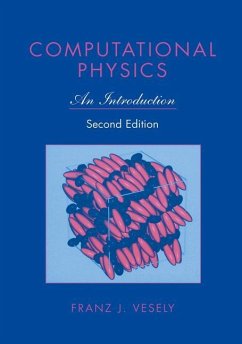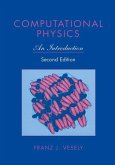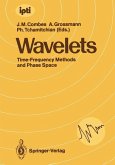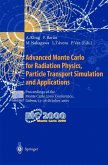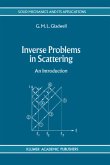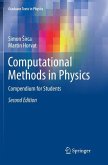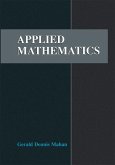In a rapidly evolving field such as computational physics, six years is an eternity. Even though many of the elementary techniques described here are of venerable age, their assembly into sophisticated combined methods and their intensive application to ever new problems is an ongoing and exciting process. After six years, a new the new vistas edition of this textbook must therefore take into account some of that have opened up recently. Apart from these additions and some didactic improvements, the general struc ture of the book holds good. The first three chapters are devoted to a thorough, if concise, treatment of the main ingredients from numerical mathematics: finite differences, linear algebra, and stochastics. This exercise will prove valuable when we proceed, in chapters 4 and 5, to combine these elementary tools into powerful instruments for the integration of differential equations. The final chapters are devoted to a number of applications in selected fields: statistical physics, quantum mechanics, and hydrodynamics. I will gradually augment this text by web-resident sample programs. These will be written in JAVA and will be accompanied by short explanations and references to this text. Thus it may prove worthwhile to pay an occasional visit to my web-site www.ap.univie.ac.at/users/Franz.Vesely/ to see if any new applets have sprung up.
Hinweis: Dieser Artikel kann nur an eine deutsche Lieferadresse ausgeliefert werden.
Hinweis: Dieser Artikel kann nur an eine deutsche Lieferadresse ausgeliefert werden.
about the first edition: `... a concise introduction to the methods and algorithms used in computational physics...clear in its presentation... useful for those beginning more advanced work in the field...' From the reviews of the second edition: "The book is an excellent introduction to computational physics. ... The book can be useful for graduate students of physical and mathematical faculties as well as for specialists in the field of numerical mathematics and mathematical modeling." (Piotr Matus, Zentralblatt MATH, Vol. 1049 (24), 2004)

